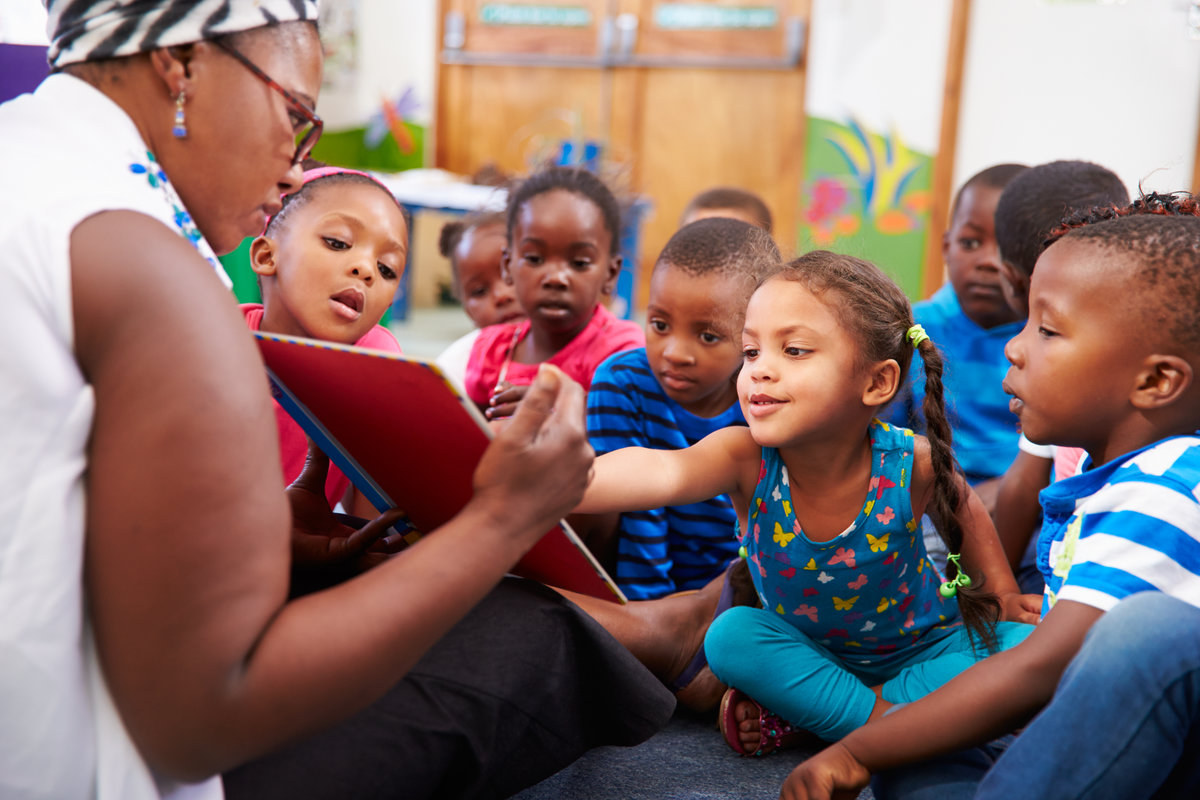In this section, you will find a number of blog posts, which have been written to help you develop your skills and knowledge as a teacher in the professional practice 'Using inclusive practices'. From primary-aged students to adult learners of English, the blog posts you will find here are practical, insightful and full of ideas to support your teaching and planning for all kinds of classrooms.
Disclaimer: All content written for our magazine is produced independently by teachers working in the English language teaching profession around the world. The views and opinions expressed in the content produced by these writers does not necessarily reflect the views and opinions of the British Council









